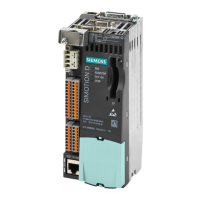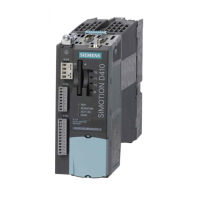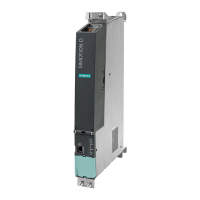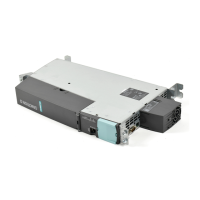1.1.7 Residual risks of power drive systems
When performing the risk assessment for a machine or plant in accordance with the respective
local regulations (e.g. EC Machinery Directive), the machine manufacturer or plant constructor
must take into account the following residual risks associated with the control and drive
components of a drive system:
1. Unintentional movements of driven machine or system components during commissioning,
operation, maintenance and repairs caused by, for example:
– Hardware and/or software errors in the sensors, control system, actuators, and cables and
connections
– Response times of the control system and of the drive
– Operation and/or environmental conditions outside the specication
– Condensation/conductive contamination
– Parameterization, programming, cabling, and installation errors
– Use of wireless devices / mobile phones in the immediate vicinity of electronic
components
– External inuences/damage
– X-rays, ionizing radiation and cosmic radiation
2. Unusually high temperatures, including open ames, as well as emissions of light, noise,
particles, gases, etc., can occur inside and outside the components under fault conditions
caused by, for example:
– Component failure
– Software errors
– Operation and/or environmental conditions outside the specication
– External inuences/damage
3. Hazardous shock voltages caused by, for example:
– Component failure
– Inuence during electrostatic charging
– Induction of voltages in moving motors
– Operation and/or environmental conditions outside the specication
– Condensation/conductive contamination
– External inuences/damage
4. Electrical, magnetic and electromagnetic elds generated in operation that can pose a risk to
people with a pacemaker, implants or metal replacement joints, etc., if they are too close
5. Release of environmental pollutants or emissions as a result of improper operation of the
system and/or failure to dispose of components safely and correctly
For more information about the residual risks of the drive system components, see the relevant
sections in the technical user documentation.
Safety instructions
1.1 Fundamental safety instructions
SIMOTION D410-2
Equipment Manual, 07/2021, A5E33446720B 17

